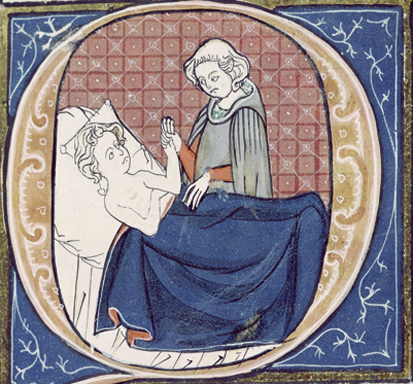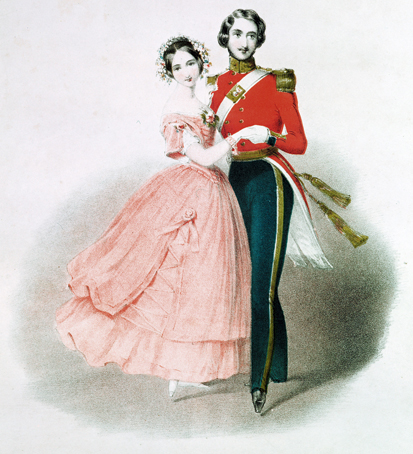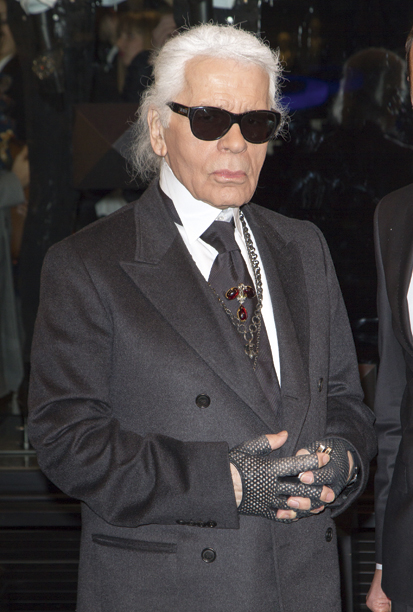The historian of China Frank Dikötter has taken a sledgehammer to demolish perhaps the last remaining shibboleth of modern Chinese history. This is the notion, propagated in countless books and documentaries, that Mao’s regime started off well, deservedly coming to power on a wave of popular support and successfully tackling the evils left behind by the corrupt and incompetent Nationalists. Then, at the end of the 1950s, it all started to go wrong. There were terrible natural disasters, followed by famine; and, seemingly unaccountably, the brotherhood of brave revolutionaries fell out, creating the bloodbath of the Cultural Revolution. This is the version still served up to A-level students in Britain.
But slowly it is now becoming accepted that the famine of the Great Leap Forward, which killed around 40 million, was a monstrous man-made catastrophe. Dikötter has already helped to establish this in his book Mao’s Great Famine, by virtue of his diligent research into local and provincial archives. He has now used the same technique to uncover the truth about the years during which Mao fought his way to power and established the new regime. Drawing on a huge variety of documents, he quotes leaders, officials, intellectuals, factory workers and peasants to create a very different and much more plausible account of the so-called Golden Age.
The Tragedy of Liberation serves as reminder of the ruinous failure of American (and other) experts properly to comprehend both the nature of the communist triumph — a Soviet-backed military conquest — and its disastrous record in government. This should be recognised as one of the great scandals of academic life, on a par with the gross overestimation of the Soviet economy during the Cold War. After all, the Americans effectively fought and lost three costly wars with the Chinese communists — in China before 1949, in Korea, and finally the long proxy war in Vietnam. And some believe the Chinese leaders still consider themselves engaged in a long-term war with America.
Dikötter bluntly states in his first paragraph that the story of the liberation of revolution is ‘first and foremost a history of calculated terror and systematic violence’. In his chapter entitled ‘The Great Terror’, he reproduces the discussions between Mao and his lieutenants on the arbitrary killing quotas to be set for each city and province, which run into millions for just one year. ‘Violence was the revolution,’ he concludes.
Mao has often been held up for praise as a Marxist innovator whose ideas and methods were different and superior to those of Lenin and Stalin; but in fact he slavishly copied the organisational terror machine that Lenin had pioneered half a century earlier. Mao also followed to the letter Lenin’s economic policies, with identical results. What emerges from the archives with new clarity is just how ruinous Mao’s policies were. In the cities millions were thrown out of work, and in the countryside there were numerous large-scale famines. The abolition of private property and the criminalisation of all trade and commerce brought economic collapse.
As in Lenin’s Russia, the Chinese could not create a functioning economy based on barter or distribute enough food and clothing even with the most stringent rationing. Without prices set by the market, they could not engage in foreign trade, and were reduced to setting vague percentage increases of the output of bulk materials.
How then did Mao survive? In Russia, the economy was bolstered by the ruthless confiscation of gold, silver and other valuables, and the abrogation of foreign and domestic debts. When all the valuables had been sold, Lenin launched a war on the peasants, confiscating their grain and other property and putting down massive uprisings.
Mao followed exactly the same course, with Moscow’s aid. He ordered the party to seize all the assets of city-dwellers and then turned on the peasants, ruthlessly requisitioning their crops and taking their land, houses, livestock and tools. Dikötter has come across repeated reports of armed uprisings and protests that followed and the brutal massacre, torture and arrest of anyone who resisted.
‘The leadership knew full well that taking control of the harvest was tantamount to declaring war on the countryside,’ he writes. Mao, Deng and Zhou Enlai must have been aware of what the consequences of their policies would be — but they had a plan, and they were stubbornly determined it should work.
Got something to add? Join the discussion and comment below.
Get 10 issues for just $10
Subscribe to The Spectator Australia today for the next 10 magazine issues, plus full online access, for just $10.
You might disagree with half of it, but you’ll enjoy reading all of it. Try your first month for free, then just $2 a week for the remainder of your first year.











Comments
Don't miss out
Join the conversation with other Spectator Australia readers. Subscribe to leave a comment.
SUBSCRIBEAlready a subscriber? Log in